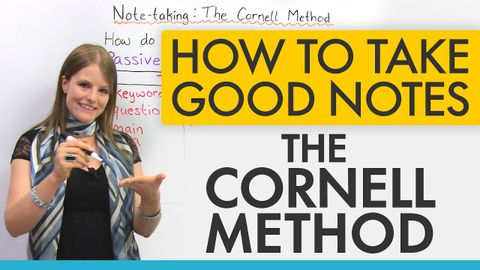効率的な勉強の仕方。コーネルノートの勉強法 (How to study efficiently: The Cornell Notes Method)
keep seeing が 2021 年 01 月 14 日 に投稿  この条件に一致する単語はありません
この条件に一致する単語はありませんUS /məˈtɪriəl/
・
UK /məˈtɪəriəl/
- n. (c./u.)衣料;原材料;原料
- adj.関連な,重要な;世俗的な : 物質的な : 物質でできた
US /ˈpræktɪs/
・
UK /'præktɪs/
- n.仕事;練習すること;慣習
- v.t./i.開業;従う;練習する;実践する
US /prəˌnʌnsiˈeʃən/
・
UK /prəˌnʌnsiˈeɪʃn/
- n. (c./u.)発音;正確な発音;発音の仕方;発音ガイド
US /ˌrɛkəˈmɛnd/
・
UK /ˌrekə'mend/
エネルギーを使用
すべての単語を解除
発音・解説・フィルター機能を解除

